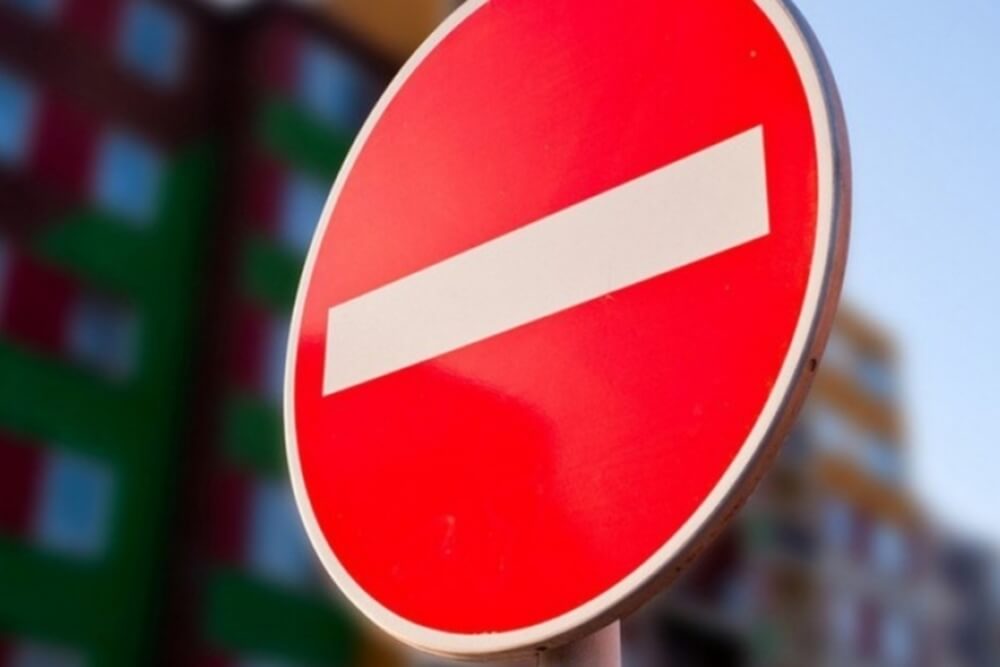Temporary traffic restrictions will be implemented due to a cycling championship event.
Access near Kuban Stadium will be limited from 23:00 on August 16 until the event concludes on August 17 across four areas:
- Radio Street section between Perekhodnaya Street and Korolenko, as well as the section between Karasunskaya Embankment and Dmitrievskaya Dam;
- within Kuban Stadium Park;
- on Kuban Stadium premises.
Drivers are advised to exercise caution and plan alternate routes in advance.
Related: Traffic changes on Ofitserskaya Street due to renovations at Aurora Cinema in Krasnodar.
Kuban Stadium
Kuban Stadium, located in Krasnodar, Russia, is a multi-purpose stadium primarily used for football matches and serves as the home ground for FC Kuban Krasnodar. Opened in 1960, it has undergone several renovations, with a seating capacity of around 31,000 spectators. The stadium has hosted various sporting events and concerts, playing a significant role in the region’s cultural and athletic life.
Radio Street
“Radio Street” (often called *Lu Xun Radio Street* or *Lu Xun Park Radio Market*) is a famous electronics market in Shanghai, China, originally known for selling amateur radio equipment and components since the mid-20th century. It became a hub for tech enthusiasts, hobbyists, and later, vendors of consumer electronics, reflecting China’s rapid technological growth. Though its prominence has declined with the rise of online shopping, it remains a nostalgic site for electronics lovers and a symbol of Shanghai’s DIY tech culture.
Perekhodnaya Street
Perekhodnaya Street is a notable thoroughfare in St. Petersburg, Russia, historically linked to the city’s industrial and working-class districts. Its name, meaning “Transitional” or “Crossing Street,” reflects its role as a connector between different neighborhoods. Over time, it has evolved from an industrial zone to a residential area, retaining traces of its 19th-century origins while adapting to modern urban development.
Korolenko
Vladimir Korolenko (1853–1921) was a Ukrainian-Russian writer, journalist, and human rights activist known for his literary works and opposition to Tsarist oppression. While “Korolenko” itself is not a place, several institutions, streets, and cultural sites in Ukraine and Russia are named in his honor, such as the Korolenko State Scientific Library in Kharkiv, Ukraine. These sites celebrate his legacy as a champion of social justice and his contributions to literature.
Karasunskaya Embankment
Karasunskaya Embankment is a scenic riverside promenade in Krasnodar, Russia, running along the Karasun River. Historically, the area was once a natural riverbed but was later developed into a recreational zone with walking paths, parks, and cultural landmarks. Today, it is a popular spot for locals and visitors, offering green spaces, historical monuments, and views of the city.
Dmitrievskaya Dam
The Dmitrievskaya Dam is a historic hydraulic structure located in Russia, originally built in the 18th century as part of a larger water management system to support local industry and agriculture. Named after the nearby Dmitrievskaya Sloboda (a settlement), it played a key role in regulating water flow for mills and irrigation. Today, it remains a notable example of early Russian engineering, though its current state and use may vary.
Kuban Stadium Park
Kuban Stadium Park, located in Krasnodar, Russia, is a prominent sports and recreational complex centered around the Kuban Stadium, which was originally built in 1960 and has hosted numerous football matches. The park offers green spaces, walking paths, and sports facilities, serving as a popular leisure destination for locals. Over the years, the stadium and surrounding area have undergone renovations to modernize the infrastructure while preserving its historical significance in the region’s sports culture.
Aurora Cinema
The **Aurora Cinema** is a historic movie theater located in Shanghai, China, originally opened in 1928. It was one of the first Western-style cinemas in the city and played a significant role in introducing early Hollywood and European films to Chinese audiences. Today, it stands as a cultural landmark, reflecting Shanghai’s rich cinematic heritage and early 20th-century architectural style.






